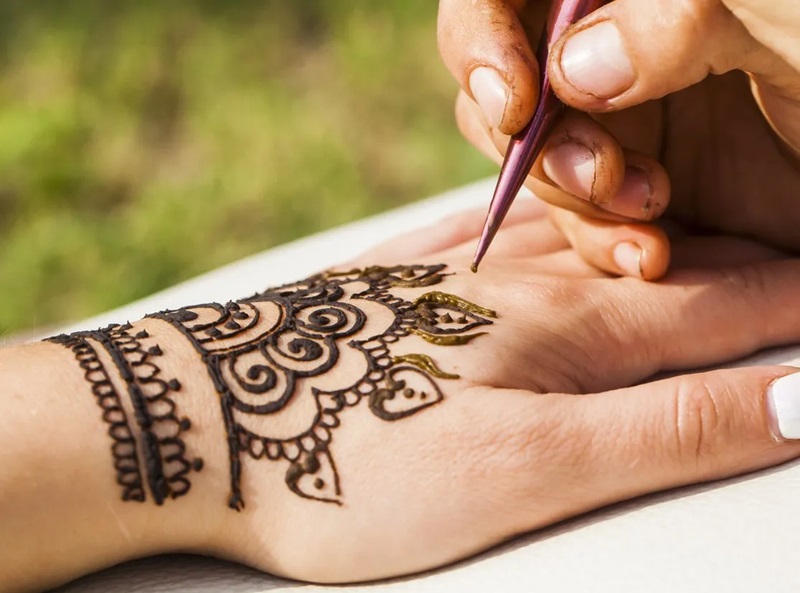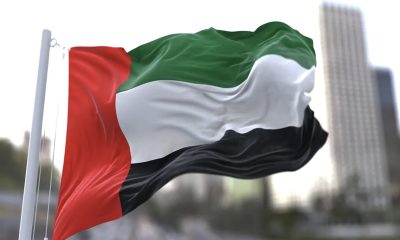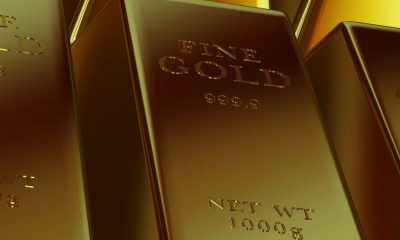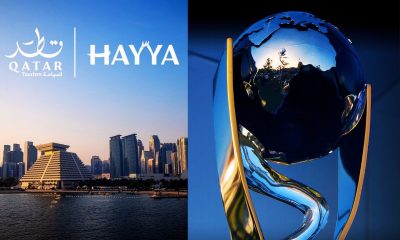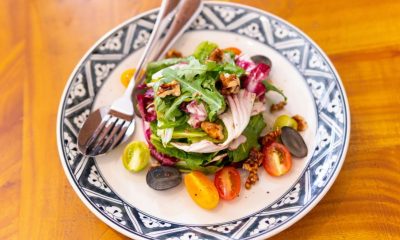As the crescent moon heralds the arrival of Eid Al-Fitr, marking the end of Ramadan, Bahrain’s vibrant henna scene comes to life. This feature delves into the traditional and contemporary aspects of henna art in Bahrain, showcasing the cultural significance and the artisans who make it all happen.
The Tradition of Henna
Henna has been a part of Bahraini culture for centuries, symbolizing celebration, joy, and beauty. As Eid approaches, the demand for henna artists skyrockets, with women and girls flocking to souks and salons to adorn their hands and feet with intricate designs. It’s a tradition to wear new clothes and on the way to the mosque, eat something sweet such as a date, and recite a small prayer called a takbeer.
The Artisans Behind the Art
In the heart of Manama, skilled henna artists like Ayesha and HakShaz offer a blend of traditional and modern designs. These artists, often trained for years, work tirelessly to meet the Eid rush, often extending their hours well into the night. Home-based henna artists are witnessing a surge in activity, with customers seeking chemical-free henna designs.
Chemical-Free and Creative
Bahrain’s home-based henna artists are gaining popularity for their use of natural, chemical-free henna. This trend not only ensures a safer experience but also supports local businesses and encourages the use of organic products. Fatima Abdin, a home-based henna artist with 15 years of experience, keeps her doors open until 3 am to accommodate customers.
A Canvas of Cultural Expression
Henna art in Bahrain is more than just a beauty ritual; it’s a canvas for cultural expression. From classic floral patterns to contemporary geometric shapes, each design reflects the wearer’s personality and ties to tradition. The henna paste symbolizes good health & prosperity in marriage, and in some cultures, the darker the henna stain, the deeper the love between two individuals.
Looking Ahead
As Bahrain continues to embrace its rich heritage, the henna scene remains a testament to the country’s ability to balance tradition with modernity. With each Eid, the art form evolves, ensuring that this ancient practice will flourish for generations to come.
